‘Art that resonates with public’
Niilofur Farrukh says public space is a contested site, claimed by the state, extremists and civil society.
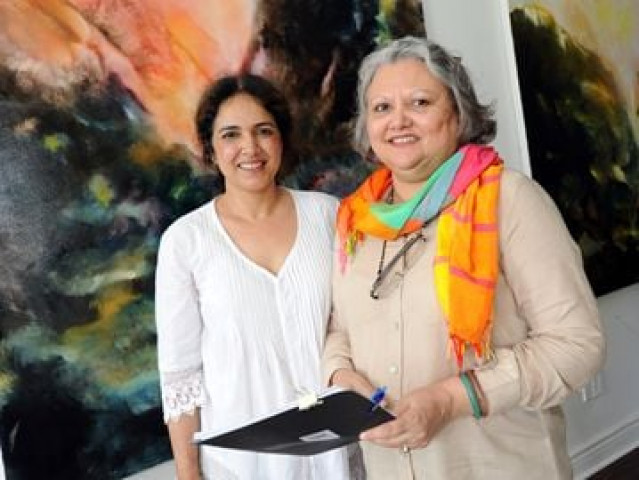
PHOTO: FLICKR
Art critic Niilofur Farrukh, who was the speaker at a talk, titled 'Urban Regeneration: Public Art in Global and Local Context', at The Second Floor on Saturday, shared these views. Freelance artist Masuma Halai Khwaja and Gulraiz Khan, a lecturer in design at Habib University, were panellists at the discussion.
During her presentation, Farrukh shed light on two topics: international public art practice and public art practice in Pakistan. She identified that two important characteristics of public art are that it is placed 'outside and is accessible to all' and becomes part of the 'public domain'. She further pointed out that public art 'addresses issues that resonate with the audience'.
She shared examples pertaining to the global public art practice. Among other things, she cited the example of 'Mourning and Remembrance' by Susan Green's Art Forces, in which artists interacted with the victims of the Sabra and Shatila massacre of 1982 and developed an understanding of the challenges the residents faced. Farrukh further went on show an image of containers carrying the bones of missing persons found in mass graves in Korea. She shared how 'extremely controversial' this practice was deemed by the state.
The art critic then began her presentation on our local public art practice, commencing with a picture of the Kothari Parade, which, according to her, now has a 'changed face'. Talking about the next image of the Gates of Lahore, she shed light on how what was once a symbol of 'triumph' installed by rulers, they have now been owned and accepted by the public. At a picture of the fighter jet donning clothes smeared with red paint, evoking images of blood in the mind, Farrukh talked about how Ayesha Jatoi, with this installation, titled 'Clothesline', at China Chowk, Lahore, made her own kind of statement against violence. A similar example was that of Zahra Malkani's commentary on enforced disappearances through her work, titled 'Seeing the Missing'.

Khan then began his presentation, citing different examples from across the world, mostly focusing on how different people have reacted to public art. One important example he shared was that of the 'Tilted Arc' installation by sculptor Richard Serra, a curving wall of steel installed on the plaza of the federal building complex at Foley Square, Lower Manhattan. He talked about how controversial the installation became, with the artist saying that he wanted such a reaction. Khan recalled how Serra once said that 'art is not democratic. It is not for the people'.
When asked during the question-and-answer session if the upcoming art event will allow any room for expression pertaining to our collective social responsibility, Farrukh responded that the proposals of ideas come from the artists and it depends on them what issues they would like to work around. "We are the facilitators," she clarified. "Of course, cultural sensitivities have to be kept in mind. It should connect with the people." The discussion further steered into a debate on censorship, with Farrukh pointing out that censorship does not happen in our country alone but takes place across the world.
Open call to artists, designers
During her talk, Khwaja gave an open call to artists and designers to work around with spools of cable reels and recreate them into works of art.
According to her, artworks made for this project, titled ‘Hundred Art Objects Project’, will be installed at public spaces such as schools, hospitals and parks.
Published in The Express Tribune, May 16th, 2016.


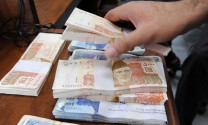
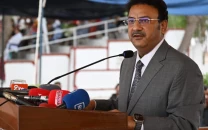
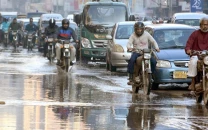
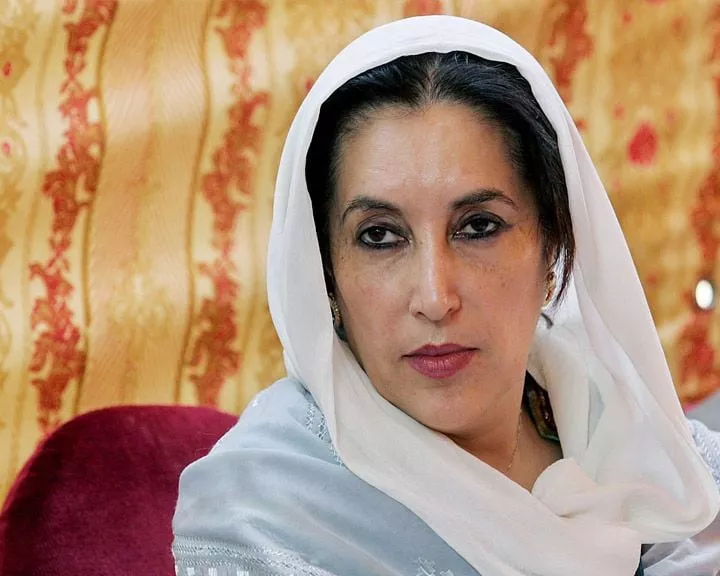
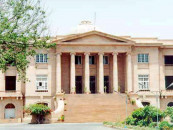












COMMENTS
Comments are moderated and generally will be posted if they are on-topic and not abusive.
For more information, please see our Comments FAQ